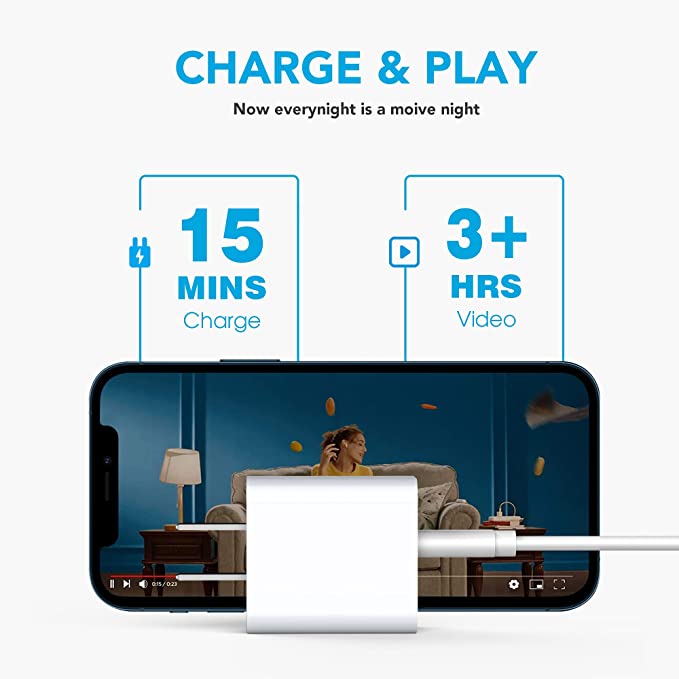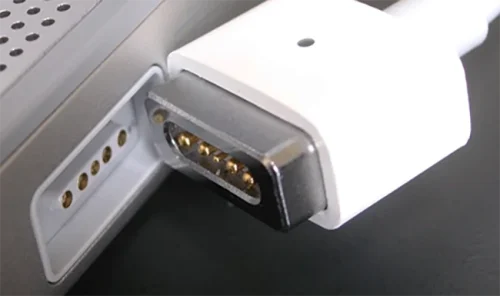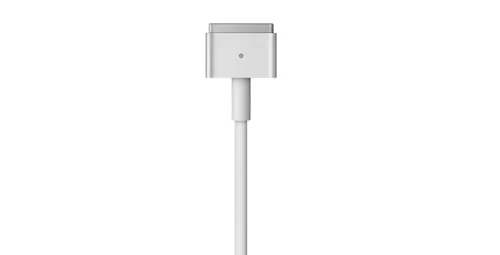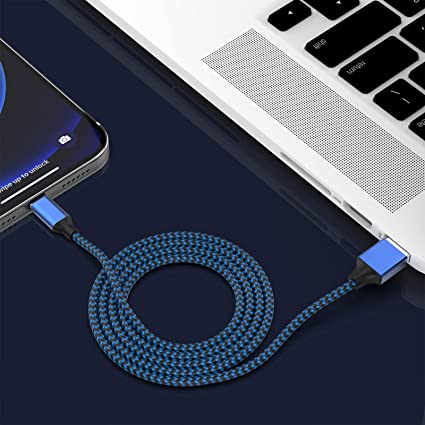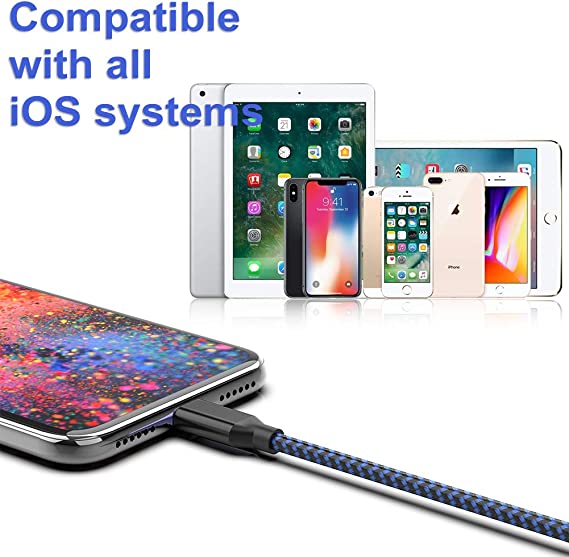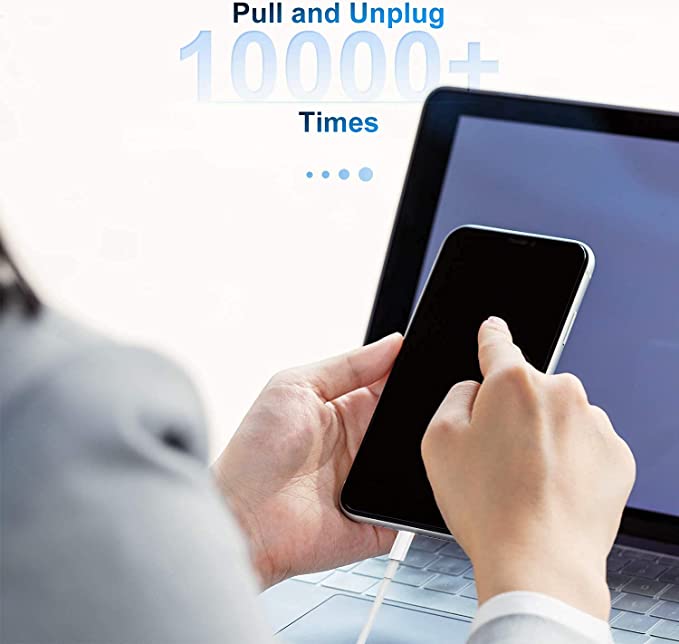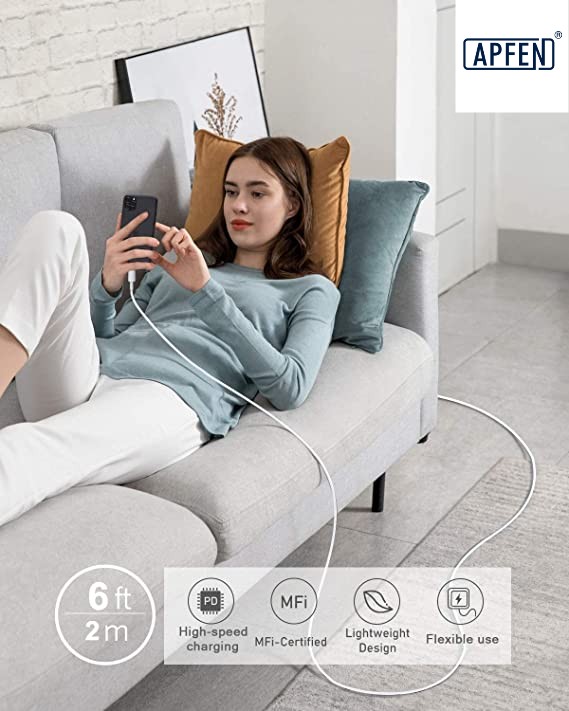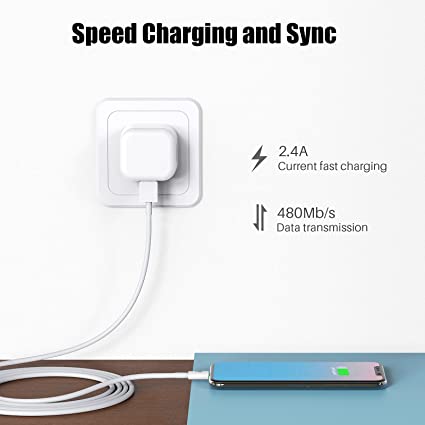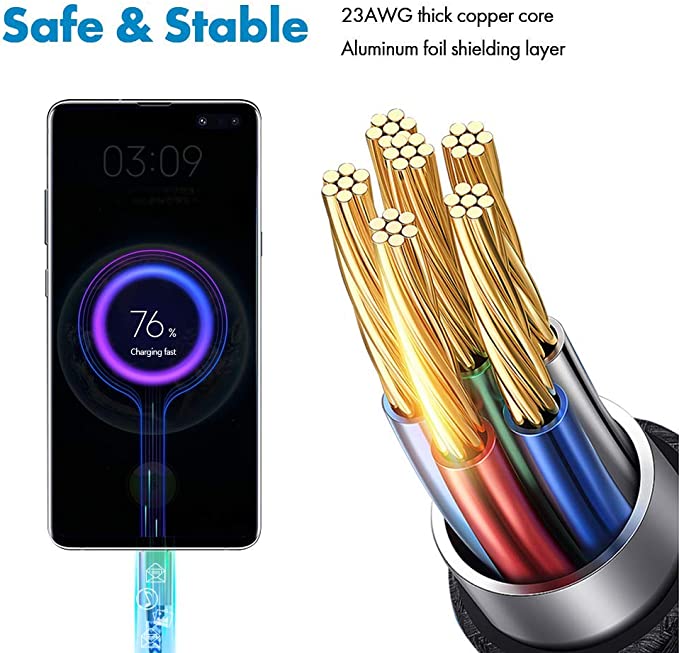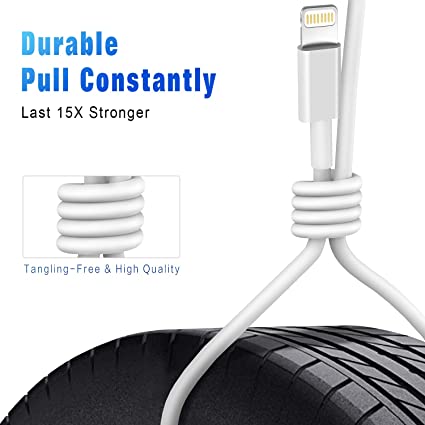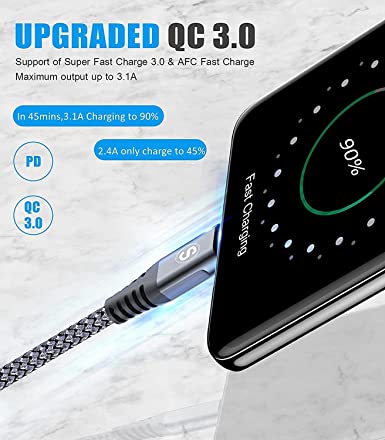USB-powered devices go with us everywhere and it’s important to stay connected. However, not all chargers or cables are created equal. Latest trends and requirements in USB charging. PD USB Charging Buying Guide- Apphone Fast Charging Cable Wholesale
Fast charging cables are typically thicker since they have more wires clustered inside. What to look for when choosing a USB charger: Consider how many devices you’ll need to charge. It’s better to choose more over less when it comes to the number of USB ports for wall chargers and car chargers. USB chargers with built-in cable management make it easy to keep cables secure and neatly organized, while also eliminating a tangled mess of cords at your desk or kitchen counter. Some chargers work best for the home or office, like tabletop chargers or charging stations. Others are designed specifically for on-the-go travel like USB car chargers or compact chargers with foldable plugs.
USB C Wall Charger, Offers fast and efficient charging up to 3X faster than a 5W charger. Charge your iPhone 13 up to 50% capacity in just 30 minutes with the original cable. Cable not included, only 2 Chargers. Dual-port design with USB-C and USB-A,charge two devices at the same time to minimize waiting time and frees you from messy chargers with various interfaces.
USB-PD transfers power over a USB Type-C cable and is intended to be vendor agnostic. In other words, the USB-PD standard was intended to provide a way for product designers to develop a universal charging solution that is adaptable to a variety of products. Currently, regular USB-C cables can support up to 60 W at 20 V and 3 A. Anything over 60 W and up to 100 W requires a 5 A-rated cable that includes a built-in chip to allow detection of how much current it can safely handle. This has been confusing for consumers as no universal labeling existed to differentiate 5 A-rated cables from 3 A-rated ones. Until now.

